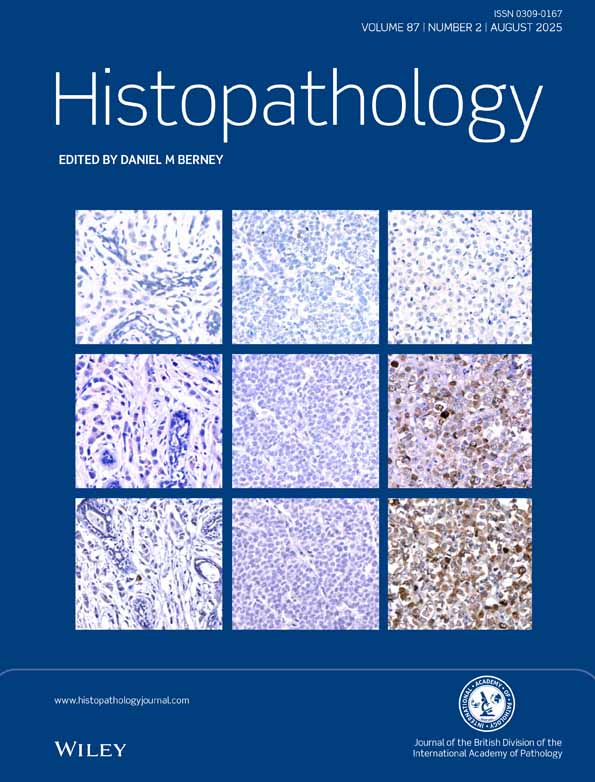Lymphoproliferative disorders in children with primary immunodeficiencies: immunological status may be more predictive of the outcome than other criteria
Abstract
Aims:
Lymphoproliferative disorders (LPDs) are a severe complication in primary immunodeficiency and post-transplant patients. In primary immunodeficiency patients, LPDs are not well-known and, thus, we tried to evaluate their distinctive features and to determine prognostic factors predictive of clinical outcome by comparison with LPDs in post-transplant children.
Methods and results:
Clinical records and histopathology of 18 LPDs occurring in primary immunodeficieny children were compared with those of 10 LPDs in post-transplant children, together with results of in-situ hybridization for the detection of Epstein–Barr virus (EBV)-RNA and molecular biological techniques. LPDs were frequently extranodal, EBV-associated, and were more commonly pleomorphic in primary immunodeficiency than in post-transplant patients. A low T-cell count and abnormal T-cell function indicated bad prognosis in both groups. Polymorphic LPDs (PLPDs) were most frequent (n = 19), whereas lymphomas were rare (n = 7), and pseudo-tumoral lymphoid hyperplasias (n = 2) were observed only in primary immunodeficiency. Comparative p53/bcl-2 staining revealed a p53 overexpression in lymphomas compared with PLPDs; CD20/CD79a showed a similar staining in lymphomas, whereas PLPD expressed mainly CD20. TCR and IgH rearrangements did not help in distinguishing PLPDs from lymphomas, but detection of IgH clonality by Southern blot indicated poor prognosis, whereas oligoclonality by Southern blot regardless of PCR clonality and especially a polyclonal profile by Southern blot and PCR indicated a relatively good prognosis.
Conclusions:
This study documents the pleomorphism of LPDs in primary immunodeficiency compared to post-transplant children, even if some LPDs are similar in both groups (PLPDs). No criteria are useful enough to ascertain the diagnosis of malignancy in this series. Some molecular biological criteria help to predict the clinical outcome which, nevertheless, seems to depend more on the degree of immunosuppression and on T-lymphocyte presence and function.




